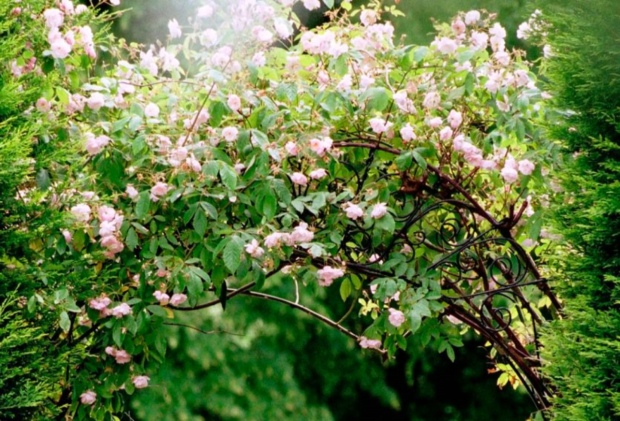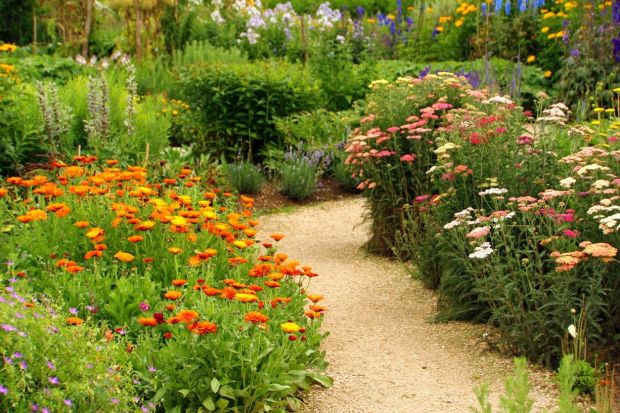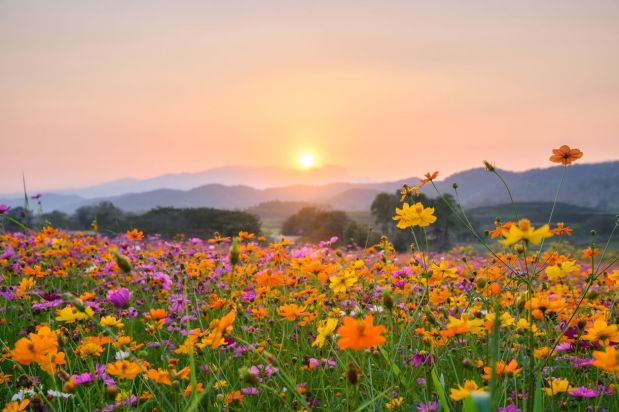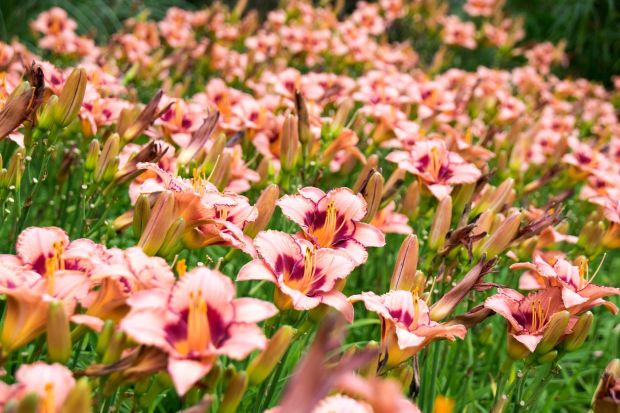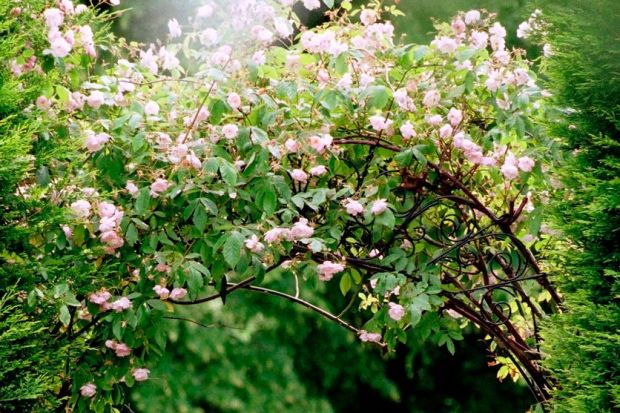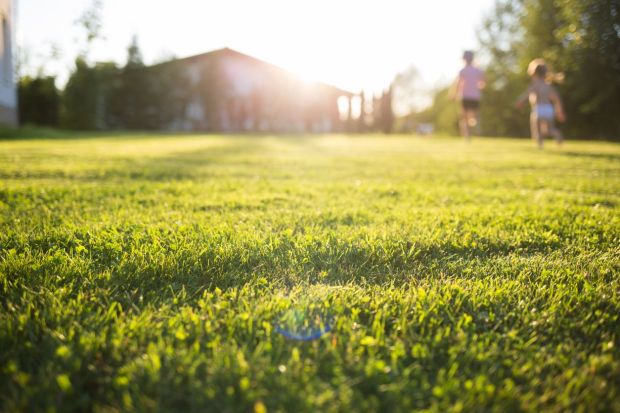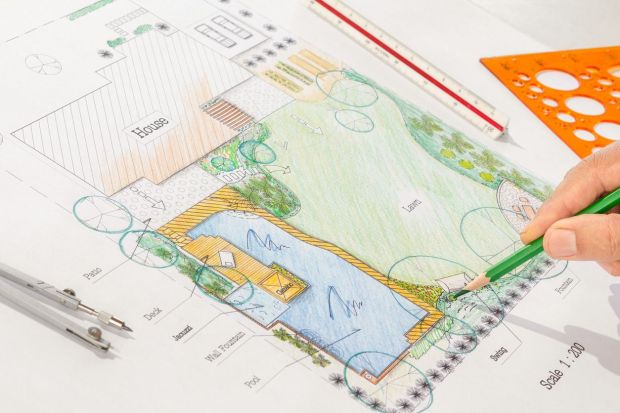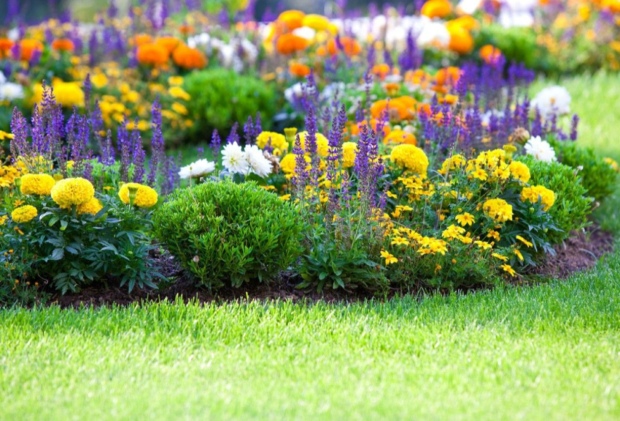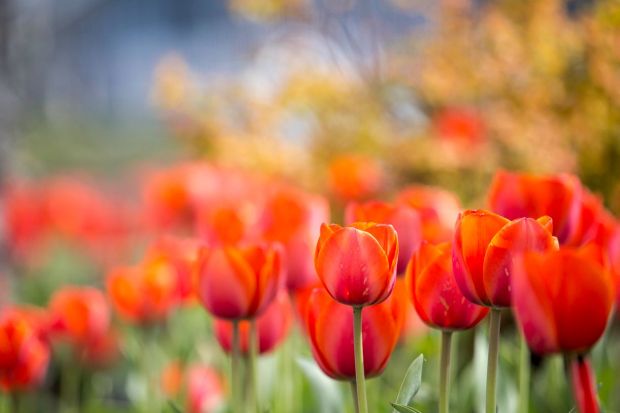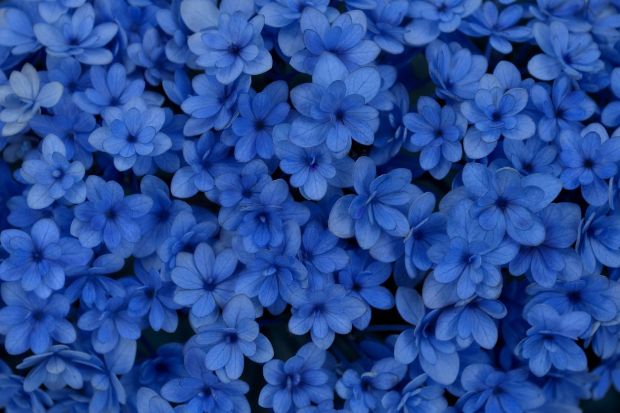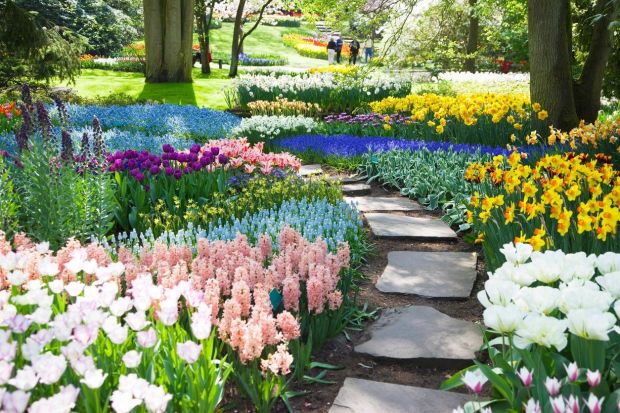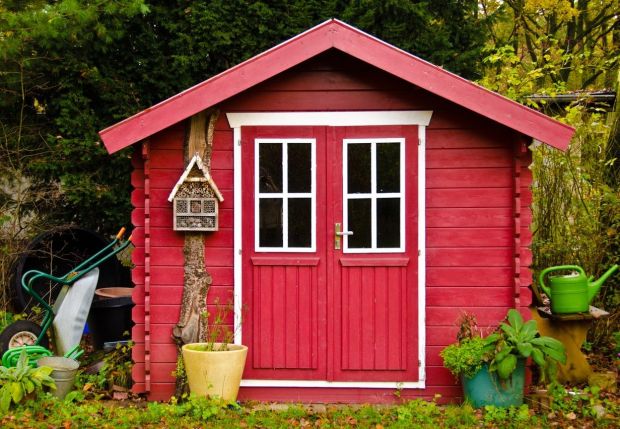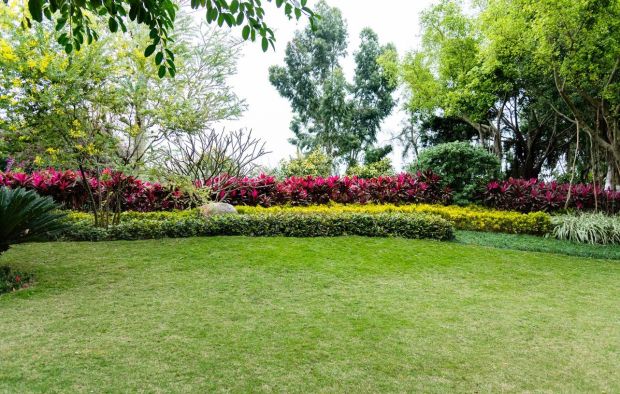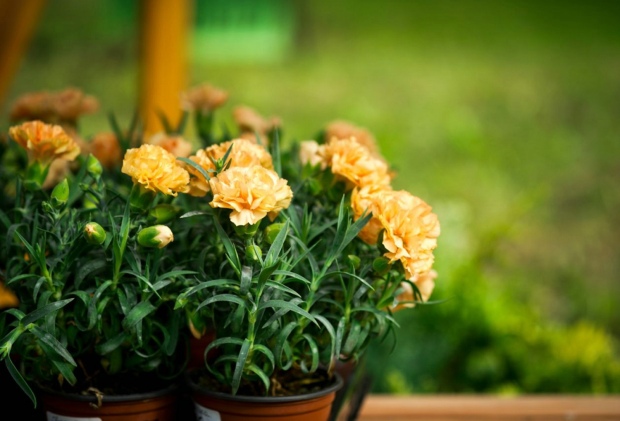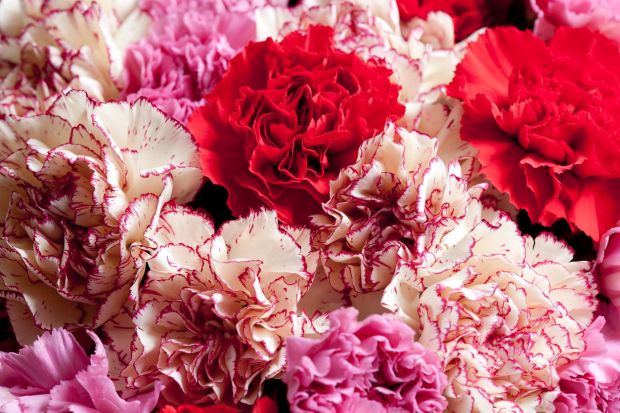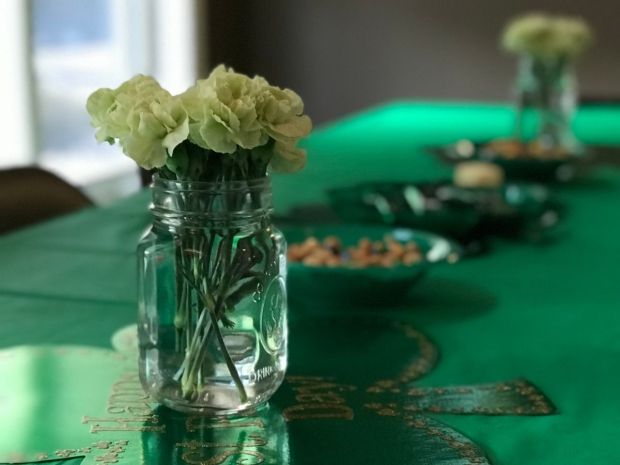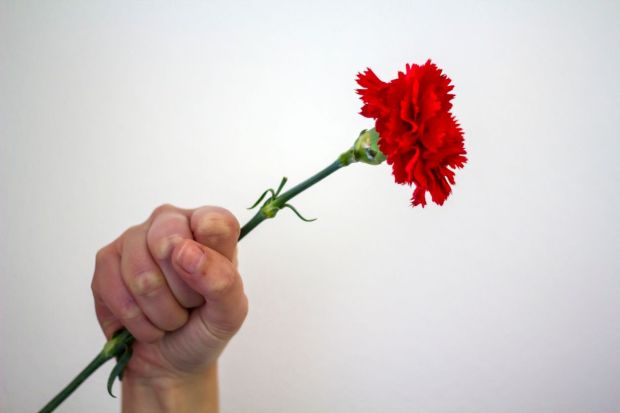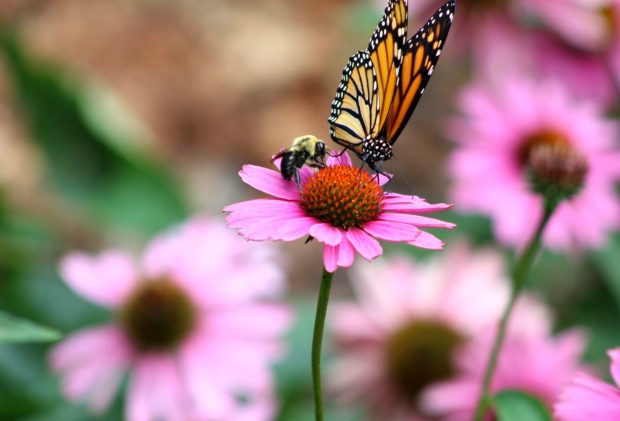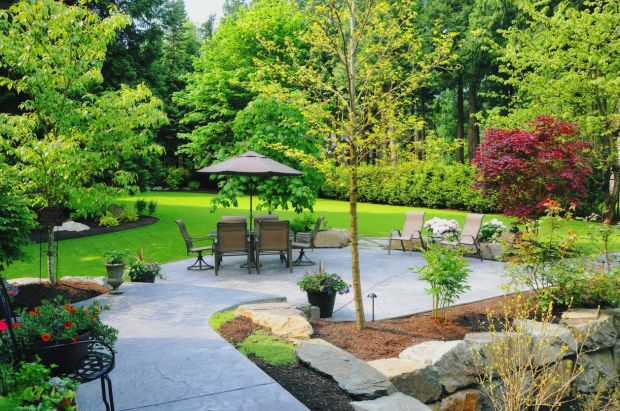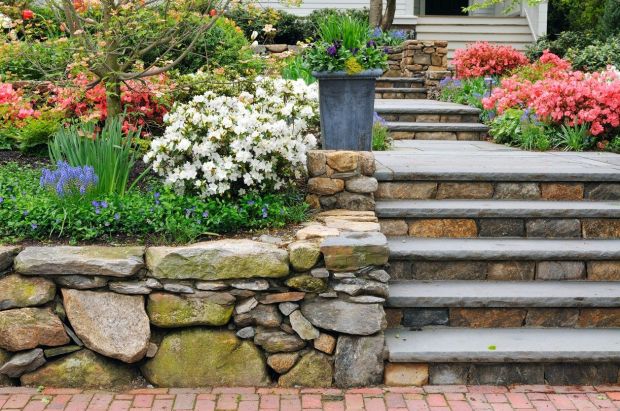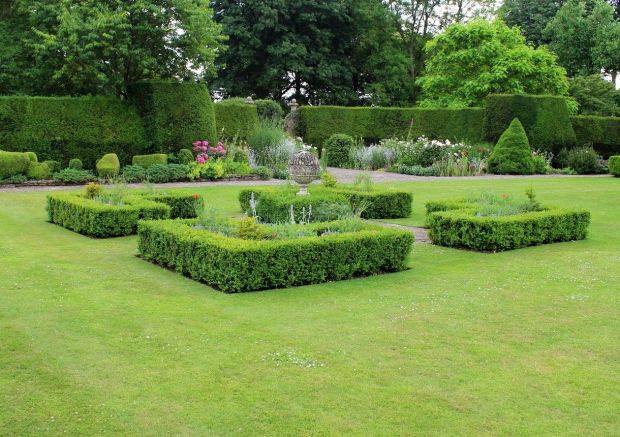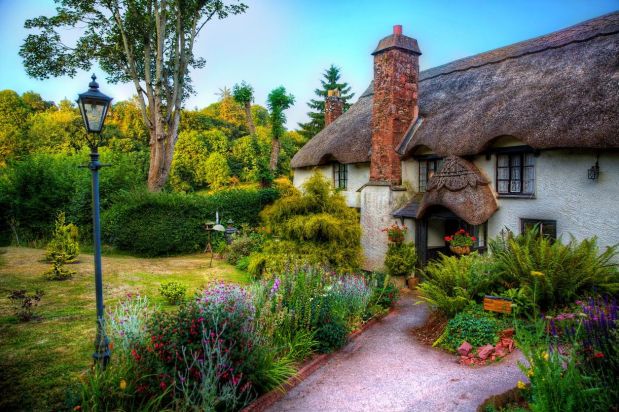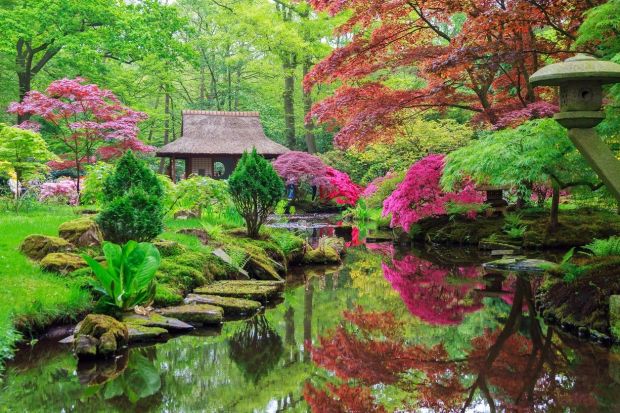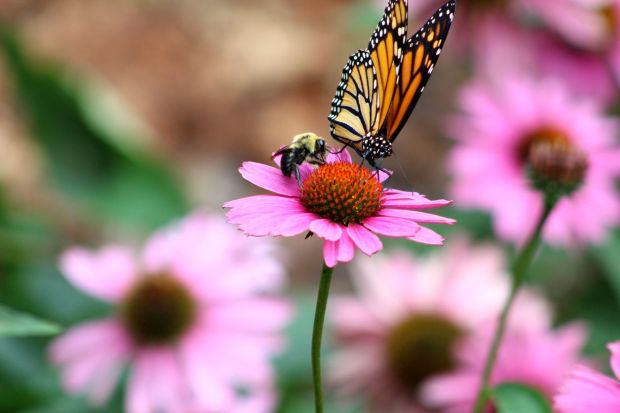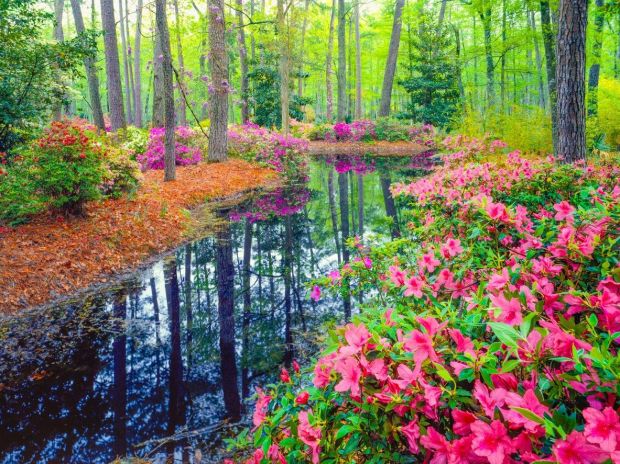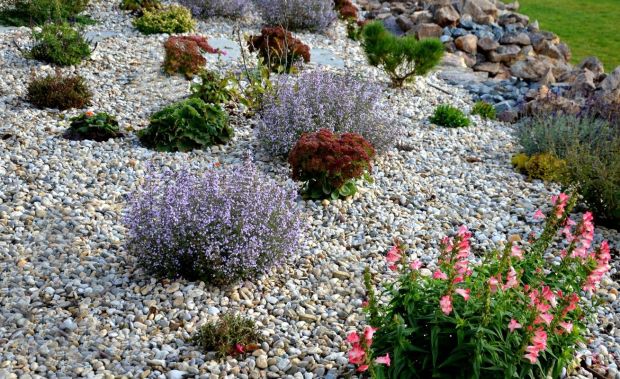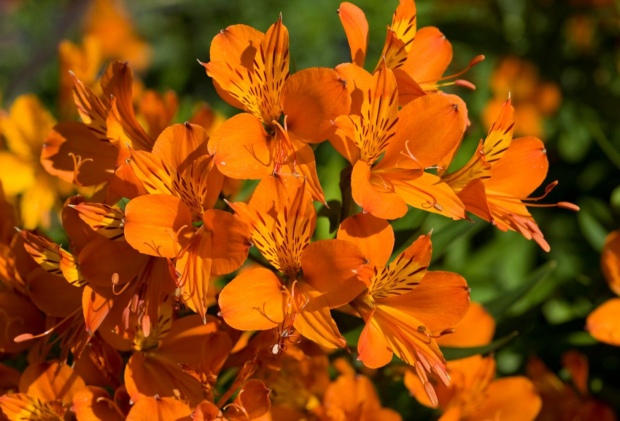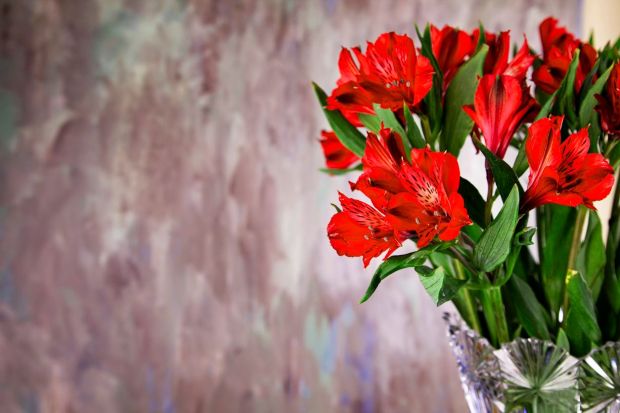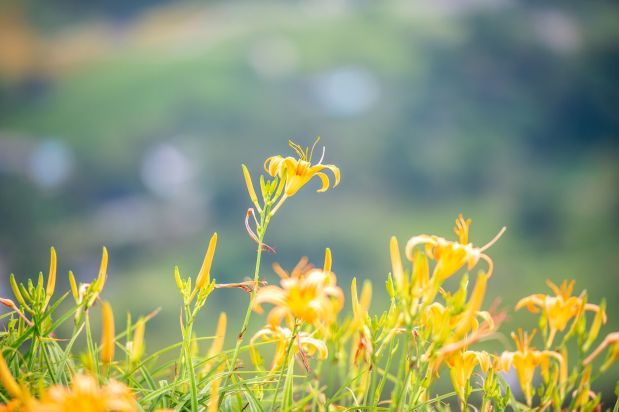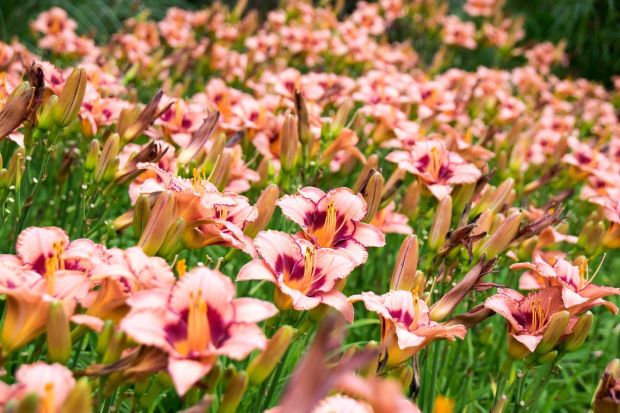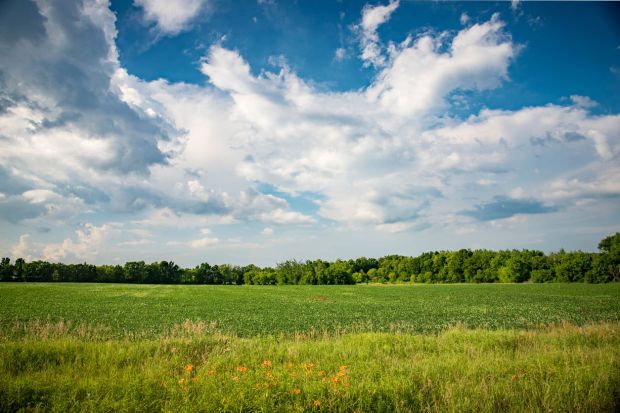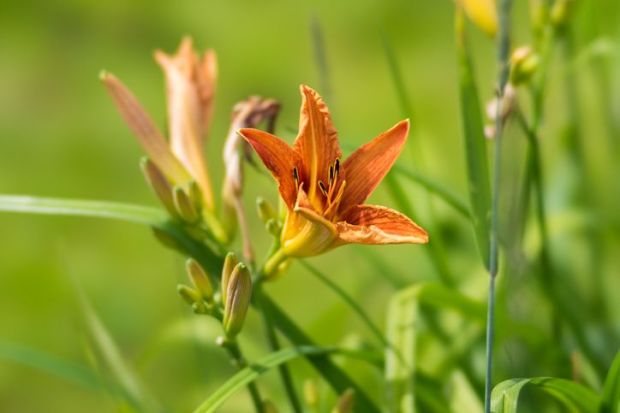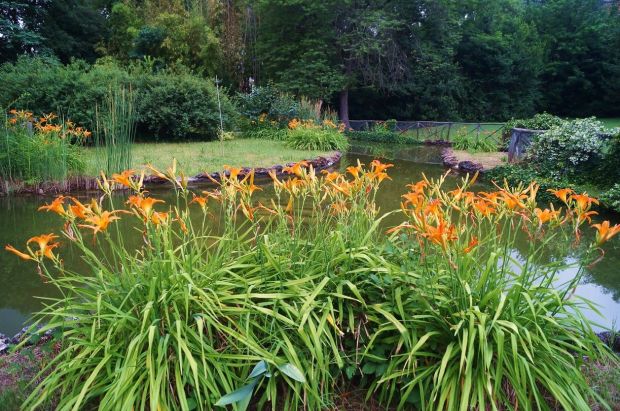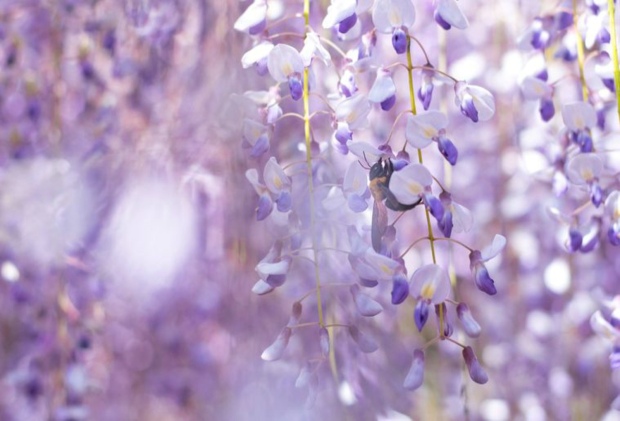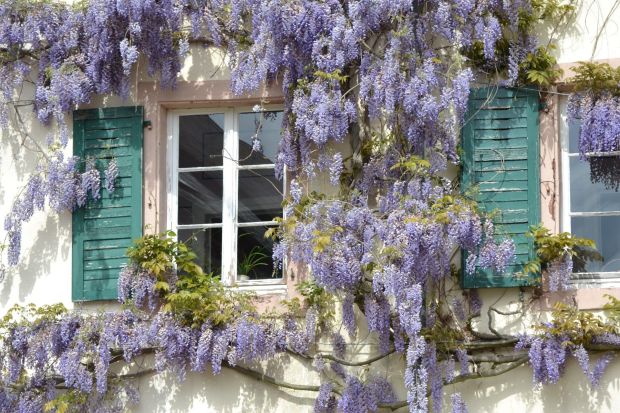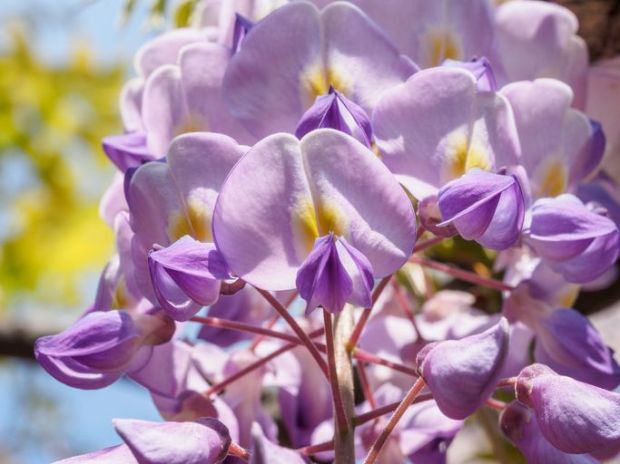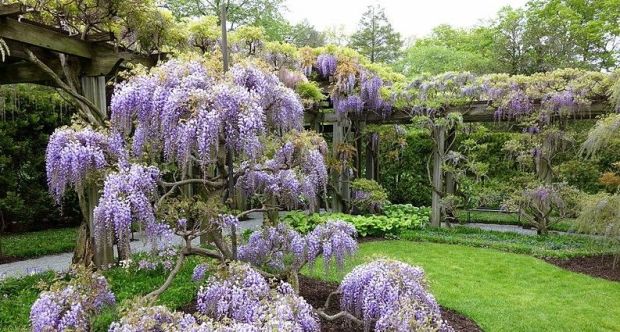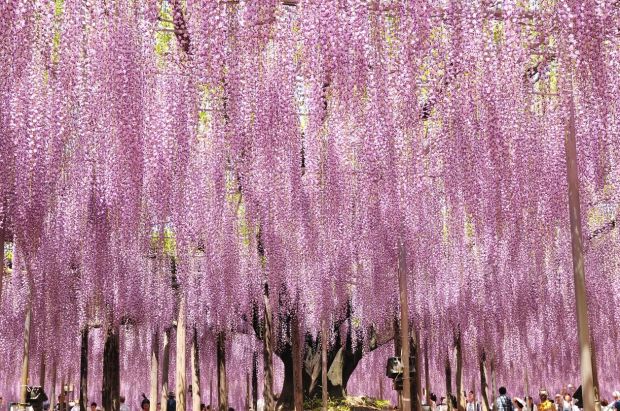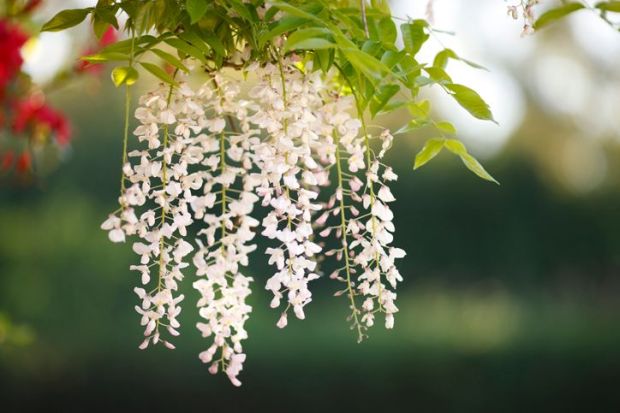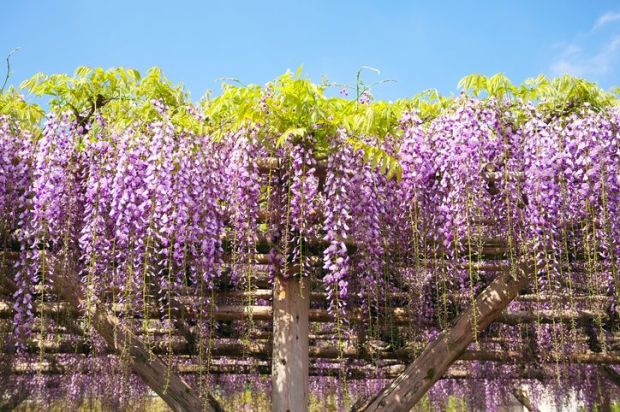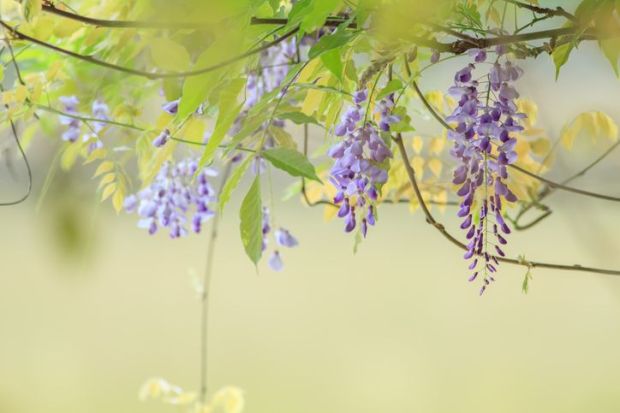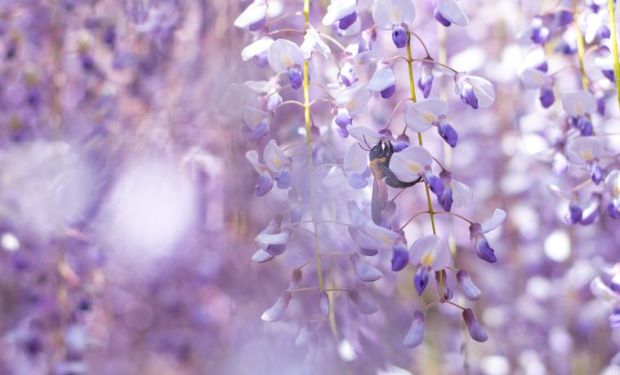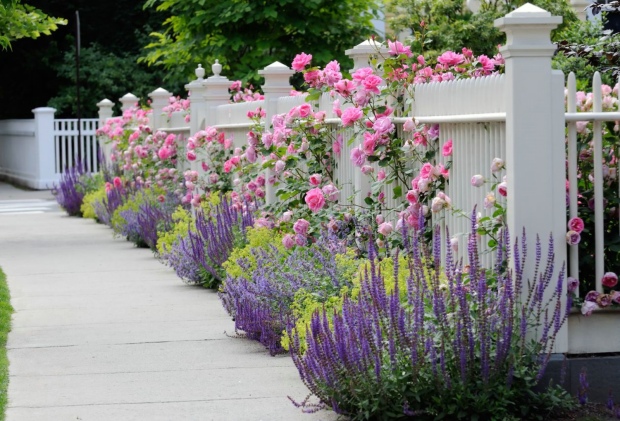
5 Ways to Use Geometry in Garden Design
Geometry plays a big role in every great garden, from ratios to proportions. Learn how to use 5 simple tricks to design a classically beautiful, balanced garden.
You know how some gardens feel just right? In a well-designed garden, everything seems to harmonize, and it isn’t a coincidence. Exceptional gardens don’t just happen—they are rooted in solid design principles, wise plant selections, and good old geometry. That’s right, geometry. Don’t worry if math isn’t your thing, because garden geometry isn’t about calculations. Garden geometry means using volumes and shapes so that your garden feels balanced and beautiful, rather than chaotic and thrown together.
Garden designers use form, function, lines, and symmetry in their work. The end result might seem like magic, but it isn’t. You can use and apply these well-understood ratios and easy-to-follow guidelines to your own gardens. The basic rules and principles of garden geometry are covered in detail below.

Using Form in the Garden
Form refers to shapes, starting with the built environment—your house, fence, shed, pool— then garden elements—trees, shrubs, trellises, pathways, and ornamental plants. To create a garden with good geometry, look at the form of the buildings around it and design garden beds that complement the overall shapes and dimensions. Large evergreen shrubs and small trees are often referred to as “foundation plantings” because they visually anchor gardens. Use foundation plantings to create focal points and to give an overall sense of entry, enclosure, and dimension to your garden.
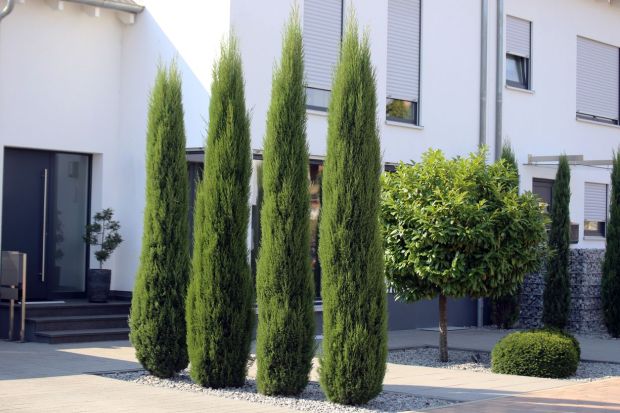
Line in the Landscape
Good use of line is what separates amateur gardens from professional ones. Beneath the lush growth and wildness, a “regulating line” is what gives a garden a sense of order and structure. You can use any part of the built environment to establish a line: A swimming pool, the edges of a deck or patio, a fence, gate, or exterior house wall. The line is an invisible ordering mechanism that you use to organize the garden. Use this principle to decide where elements such as pathways and borders start, end, and intersect.
This is not to say that you must use straight lines, certainly not! Establishing regulating lines gives you a framework to guide where all of the elements should go. A curved path or a round fire pit and seating area should be in a harmonious relationship to the lines governing the flow of the garden. Design elements can be centered, off-set, or aligned to the regulating lines. Play around with lines, marking them with ropes or landscape paint to see how they look before you commit to them.
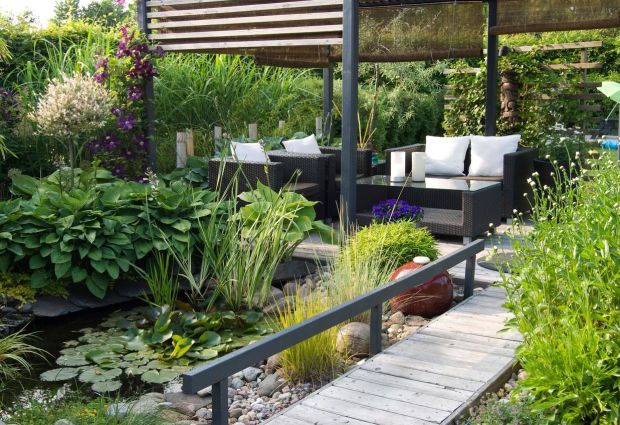
Repetition and Pattern
One of the most powerful ways to apply geometry in your garden is through the use of repetition. There are many different ways to establish a pattern, including color, shape, texture, and even with building materials. For example, if your home has a red brick exterior, you could install pathways using brick pavers, or use brick in the construction of your flowerbed borders. You can also lay out a garden on a formal grid or repeat the same plant palette throughout the garden to establish rhythm and pattern. These cohesive elements make a garden feel intentional and will give your garden a more professional overall look and feel.
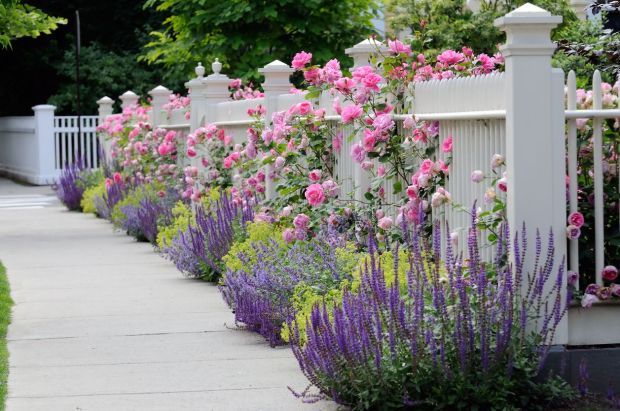
Working With Scale
Understanding scale in the garden can be a little tricky, especially if you are a beginner. It can help to imagine the garden as a room in a house. First comes your foundation: the walls and ceiling, next you have furniture, and last you have decorative items. In the garden, you have your buildings and your foundation plantings; next pathways, fire pits, seating areas, and swimming pools; and last you have your ornamental plantings. In a vegetable garden you might have walls, fences, and fruit trees; then trellises and raised beds, followed by veggies and flowers.
The most critical thing to grasp about scale is to “stack” elements from large to small so that taller things are in the background and smaller plants and elements are in the foreground. You want to create transitions between smaller garden elements and larger ones by having plants of intermediate height in between. You’ll notice that in professionally designed gardens, this effect makes it feel like you are in a room or series of rooms. You can also use scale to visually draw attention to a focal point—like a statue or a colorful Japanese maple—by placing it in an area with low groundcover plants or hardscape so that it is the most prominent feature.

Symmetry and Balance
Symmetry and balance are at the heart of creating gardens that are pleasing to the eye. The ultimate example of symmetry in garden design is the crisp, ornate parterre garden at Versaille. While a garden of this level of sophistication isn’t possible without full-time staff, it is possible to take inspiration from it and apply it to your own garden. Consider planting solid borders of one ornamental plant and then filling the border with masses of color in an orderly, symmetrical arrangement.
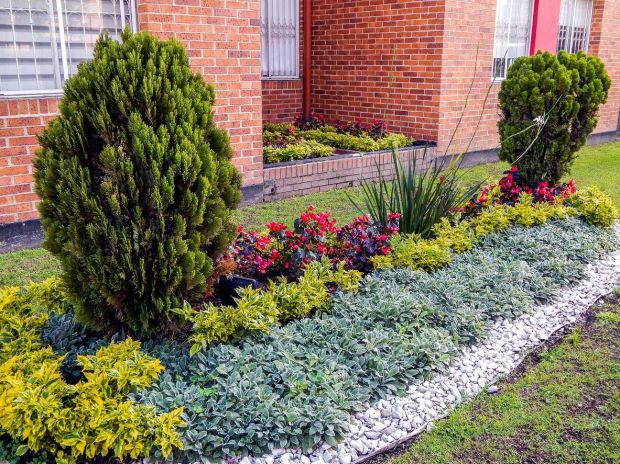
Some people have an innately good sense of proportion and are able to intuitively arrange large and small elements harmoniously. The rest of us can create balance in an asymmetrical garden by using the classical “golden ratio”. Used in garden design, this ratio of 1: 1.6 becomes the “golden rectangle.” Put simply, if a rectangle has sides A and B, then to achieve the golden ratio it should measure A÷B = B÷(A+B). The math is simple, and it is the reason why you see garden beds that measure 5 by 8 feet (1.5 by 2.4 meters).
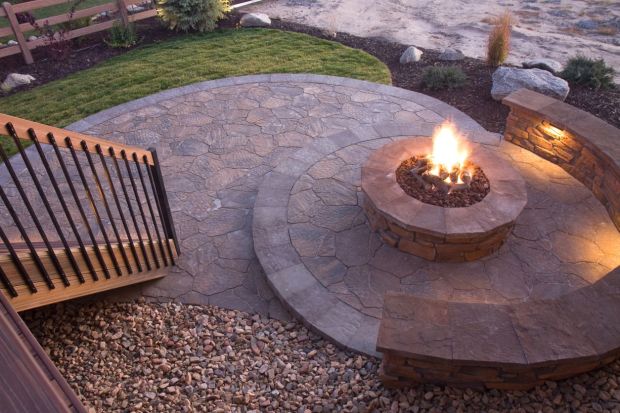
Even if you’re just a beginner, using these principles of garden geometry will give your garden a professional look. If you’re an experienced gardener, they can help you improve or reinforce what you already know.
